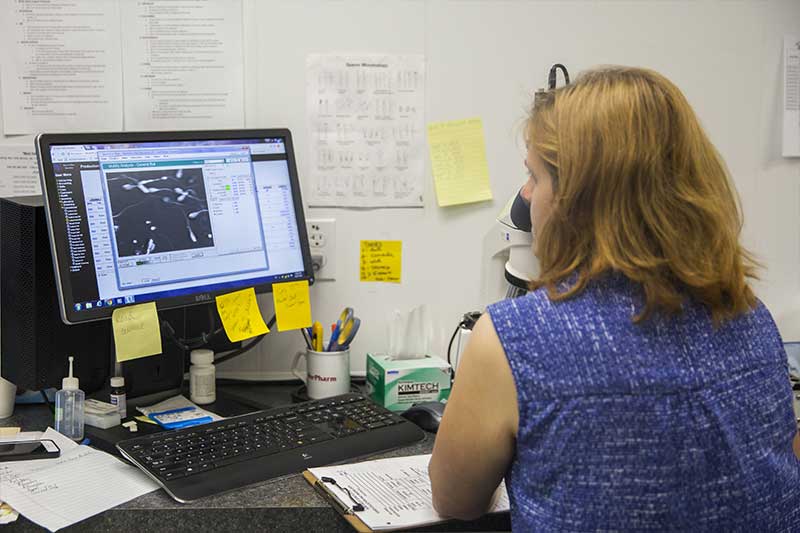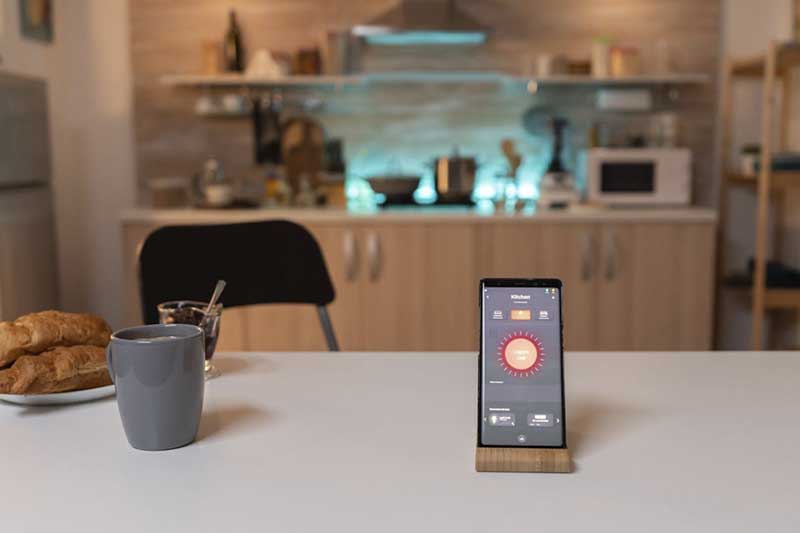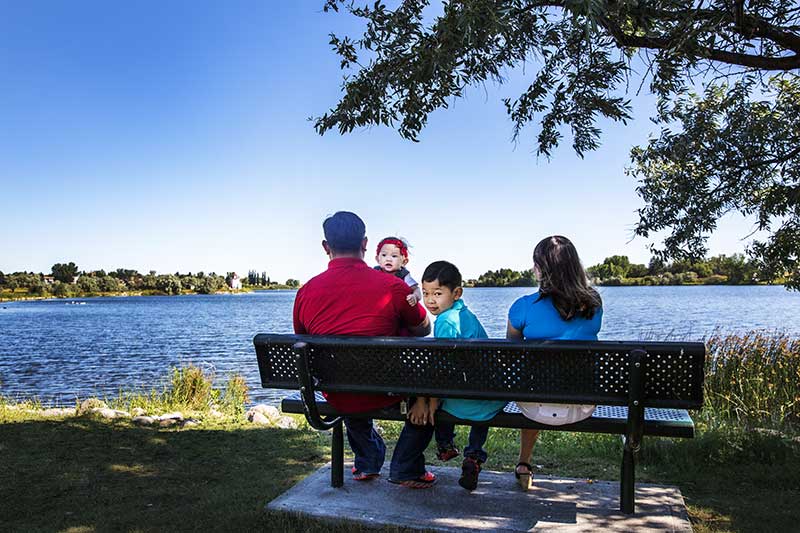The Different Kinds of Fibre Internet
Fibre Internet is all the buzz nowadays with Internet service providers (ISPs) pushing users to make the switch from cable Internet. Knowing that cable can’t deliver the speeds that are in high demand in communities across Canada, the City of Brooks sought to build a next-generation broadband project which would give residents and businesses the connectivity they require. And this is essentially how BrooksNet came to life, after Community Network Partners (CNP) partnered with the municipality to build a pure fibre network which connects every home and business in the City of Brooks.
Fibre Internet comes as a reprieve for Brooks residents, who, like many rural communities, have love endured subpar Internet quality as a result of telecommunications carriers sidelining rural and remote areas. With that said, one must not blindly go for fibre Internet with the assumption that all its benefits are automatically experienced. Fibre gets delivered to households and users through various modes, and that ultimately affects the quality of Internet that eventually gets experienced. Simply put, not all fibre networks are the same and it’s important that consumers know the difference when am Internet Service Provider tries to sell them something. Here are some of the networks out there:
- Fibre-to-the-curb (FTTC)
Through this mode, an optical fibre from the ISP will reach a pole or a curb near your household. From that pole/curb, Internet will be delivered through a coaxial cable, resulting in an Internet connection that is partially fibre and partially cable.
- Fibre-to-the-neighbourhood (FTTN)
With FTTN, Internet will initially go to a node that serves as the focal distribution unit for your neighbourhood. Up to that point, it is fibre connectivity that reaches the node. All users in that neighbourhood will then get Internet through a coaxial cable from that node, often called the “last mile”. The Internet in that last mile is all cable–everything before that is inconsequential. It is the slowest type of connection, and Internet speed depends on how far you are from that node.
- Fibre-to-the-home (FTTH)
100% fibre all the way. There is no pole, no node and no “last mile”, the fibre optic cables that exist throughout the network go directly into your home/business.
BrooksNet offers 100% FTTH
The City of Brooks will get 100% FTTH courtesy of BrooksNet, and we’ve been busy digging and drilling to build the infrastructure required to make that possible. There’s no guesswork with the kind of fibre residents of Brooks will get to experience–it’s 100% pure fibre, with 100% of the benefits fibre Internet brings. We’re talking about:
- Unparalleled Internet speed
Users can stream, game, work or browse the Internet without any interruptions or buffering inconveniences. With FTTH, you can trust that your Internet connection will be reliably fast and up and running at all times.

- Symmetrical download and upload speed
- Future-proof technology

- Higher security
The need for redundant connections is higher than ever. Because data travels at the speed of light with fibre networks, it can never be intercepted. Fibre optic cables are also as thin as hair, so any breach will result in a system collapse. This is ultimately a lesser evil than breaches going unnoticed and unchecked.
Fibre Internet delivered through a FTTH network will be available to all residents and businesses in Brooks, and construction is underway with no signs of slowing down. Fibre Internet is the future, and if you’re interested in being part of that, you can sign up here.

